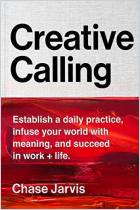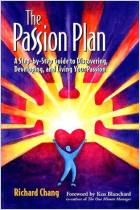Acesse a sua conta getAbstract para obter o resumo!

Acesse a sua conta getAbstract para obter o resumo!
Octavia Bromell
Exploring Personal Projects
99U, 2020
Sobre o que é?
Learn how passion projects can support both mental health and a healthy creative career.
Recommendation
Artist and illustrator Octavia Bromell credits personal projects as the foundation of her career – and a key strategy for maintaining mental health and creative productivity. Bromell, better known as Tink, is an illustrator, mental health advocate and former Adobe Creative Resident. In a video presentation for Adobe’s 2020 99U conference, Bromell makes the case for passion projects with warmth and pragmatism.
Summary
About the Speaker
Octavia Bromell, better known as Tink, is an illustrator, mental health advocate and former Adobe Creative Resident based in rural England.



















Comment on this summary